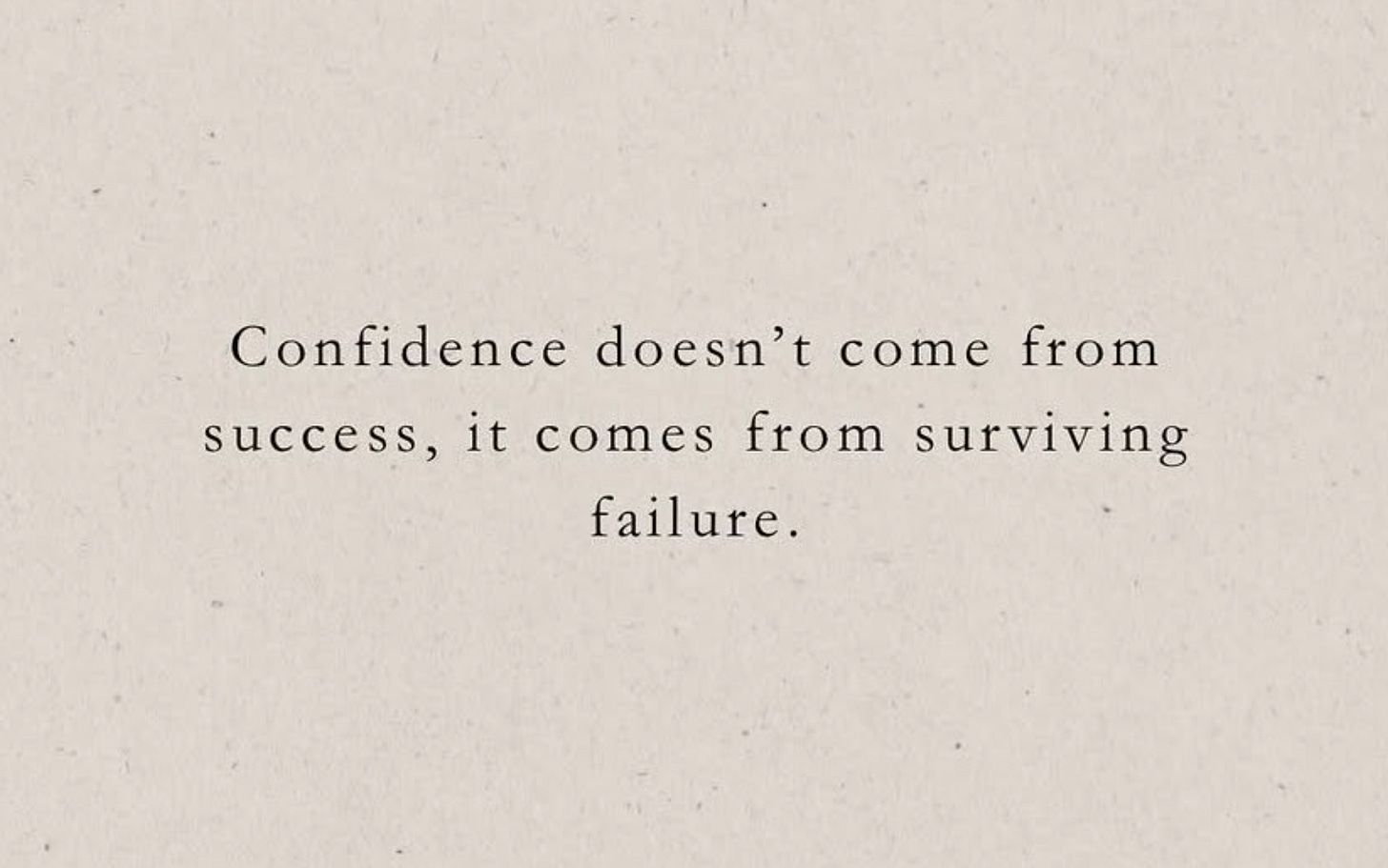Founder Fridays No. 121
2025 Venture Capital Outlook -- How To Build Truly Useful AI Products -- Design Without Designers
Happy Friday.
If you’ve been a reader for a while, you might already know about my slight obsession with Christmas music. I've poured my heart into creating The Ultimate Christmas Playlist —– over five5 hours of the absolute best versions of beloved holiday classics. It's already bringing joy to over 800 Spotify listeners, and I'd love to reach 1,000 likes this season. If you're in the mood for some festive tunes, give it a listen and maybe hit that like button.
As the year is coming to a close, I want to share my powerful year-end ritual with you. Over the years, I've developed a framework that's been transformative for my own year-end reflection, and I'd love to share it with you. Click here to check it out. There’s a one minute video that walks you through the process. If you give it a try, drop me a note about your experience —– I'll feature the most inspiring responses in next week's briefing.
Looking forward to hearing from you!
2025 Venture Capital Outlook
Pitchbook just released its 2025 Venture Capital Outlook. Here are three takeaways: 1) Despite current market challenges, venture capital valuations are expected to rebound in 2025 due to factors like potential interest rate cuts, initial public offering (IPO) resurgence and market consolidation, although they likely won't reach the exuberant highs of 2021. 2) Despite a sluggish M&A market in 2024, venture capital-backed acquisitions are expected to increase in 2025 due to general partners' urgent need for liquidity, more-aligned price expectations between buyers and sellers, and anticipated interest rate cuts that could boost private equity-backed deals. 3) Venture capital fundraising is expected to reach $90 billion in 2025 despite ongoing challenges with limited partner liquidity and low distribution rates, though recovery will be supported by improving exit markets and the deployment of previously raised capital. Pitchbook (8 minutes)
How To Build Truly Useful AI Products
Most founders try to solve today's problems, but with artificial intelligence (AI) models evolving at breakneck speed, that traditional approach is dead wrong. The key to building successful AI products is to anticipate which problems will persist beyond the next model release, while leveraging the unique advantage that startups have over tech giants — the ability to provide "Ferrari-level" experiences to a small user base using cutting-edge models. Success requires a radical shift in how we work with AI, treating models not as instruction-following machines but as smart interns who need proper context to excel, and the willingness to go extremely narrow in scope rather than competing with general-purpose AI assistants. The traditional laws of startup physics are being rewritten, from marginal costs no longer approaching zero to the necessity of predicting future model capabilities, yet the fundamental goal remains unchanged: building something people genuinely want to use. Every (7 minutes)
Design Without Designers
Most founders think they need a professional designer from day one, but the secret to building a great minimum viable product (MVP) lies in mastering fundamental user research and design methodologies. Armed with tools like persona development, customer journey mapping and user flows, non-designers can craft compelling prototypes that effectively validate their ideas and attract initial investors. The key is approaching design not as a specialized skill but as a systematic process of understanding user needs through interviews, mapping their journeys and translating insights into logical user flows. The real magic happens when founders realize they can leverage readily available templates and community resources to build their first MVP, saving precious early-stage resources while maintaining control over their product vision. Hackernoon (6 minutes)
Founder FAQ: What Should Founders Know About Employment Law?
Ignoring employment law basics can sink your startup faster than a failed product launch, yet many founders treat it as an afterthought. The foundation of legal compliance rests on three critical pillars: proper worker classification (both employee versus contractor and exempt versus non-exempt), airtight processes for the entire employee lifecycle (from hiring to firing), and bulletproof documentation through a well-crafted employee handbook that reflects your culture while protecting your interests. Correctly getting these fundamentals early on prevents costly legal battles that can drain resources and kill momentum — especially around hot-button issues like misclassification, discrimination claims and confidentiality breaches. Westaway (5 minutes)
Startup Funding Guides
I’ve put together a series of guides to equip founders to excel at fundraising. These guides break down the deal term by term and give you negotiation tips so that you can speak to investors with confidence.
Convertible Note: Guide / Video
Is the Billable Hour Right For Startups?
Most law firms bill startups by the hour because that's the status quo. But while it may work for big companies, the billable hour is likely the wrong model for startups. Why?
It incentivizes inefficiency. Firms are motivated to pad hours rather than work efficiently. This adds unnecessary costs.
It rewards busywork over results. Startups care about outcomes, not hours logged.
Costs are unpredictable. With fluctuating monthly hours, legal spend is hard to budget.
It stifles innovation. Hourly billing gives no incentive to find better solutions. Startups need forward-thinking counsel focused on results. That's why we've ditched the billable hour for transparent flat fees.
If you're ready to explore a law firm with a better billing model, let's talk.



